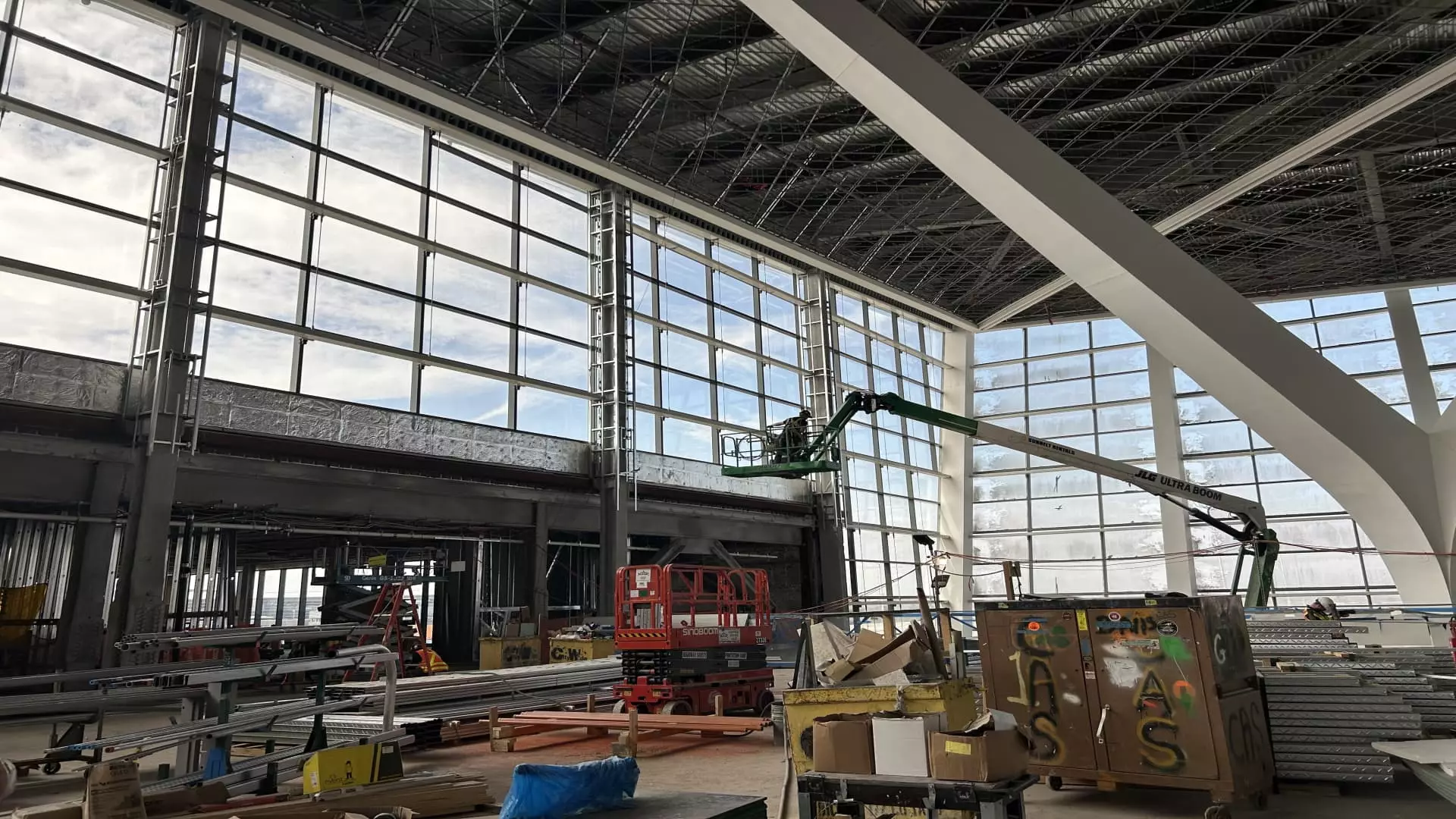John F. Kennedy International Airport has long stood as a symbol of the United States’ connection to the world, a bustling hub where countless journeys begin and end each day. Now, with the ambitious $9.5 billion Terminal 1 project, JFK is poised to redefine what an international airport can be. This development is more than just a renovation; it’s a strategic reinvention designed to cater to the evolving needs of global travelers and to restore JFK’s stature as a premier international gateway. Its foundations reveal a determined effort to blend cutting-edge architecture, seamless passenger flow, and world-class amenities—all aimed at creating an experience that reflects the dynamism and grandeur of international travel.
Design Innovations and Passenger-Centric Focus
What sets this new terminal apart is its stark departure from traditional airport layouts. Architects from Gensler have envisioned a structure inspired by the delicate yet resilient form of a butterfly, symbolizing beauty, transformation, and lightness. This concept manifests physically in an airy, wave-like design featuring expansive slanted glass walls that flood the interior with natural light. Eliminating basements and underground customs halls, the engineers have prioritized a level plan where departure, arrival, security, and customs reside on a single floor. These features are not merely aesthetic choices but serve concrete purposes: reducing congestion, decreasing transit times within the terminal, and enhancing the overall experience for international travelers.
The emphasis on natural light and open spaces isn’t just decorative—it is a reflection of a broader trend in airport design that seeks to improve passenger well-being. Bright, welcoming environments foster a sense of comfort, reducing the stress and fatigue often associated with air travel. For JFK, this approach signals a shift toward human-centered design, prioritizing ease and serenity over sheer capacity.
Strategic Positioning for Global Competitiveness
To truly stand out among the world’s leading airports, JFK’s Terminal 1 will devote an entire terminal exclusively to international flights. This decision underscores a strategic focus on facilitating seamless global connectivity. Airlines like Turkish Airlines, Air New Zealand, Etihad Airways, and China Airlines will operate from this hub, reflecting its role as a bridge between continents. The goal is to make processing smoother for travelers—no more confusing transfers, multiple customs lines, or disconnected terminals—creating a cohesive and efficient international travel experience.
Moreover, by aligning its opening with major sporting events like the 2026 World Cup, JFK is positioning itself to handle a surge in international visitors. The timing hints at an understanding that world-class events demand world-class infrastructure. The new terminal promises to handle 14 million passengers per year, offering enough gates, amenities, and services to accommodate future growth.
Onward Development and Broader Infrastructure
JFK’s reinvention is holistic. Beyond Terminal 1, the airport’s infrastructure upgrades extend to roadways, parking, and the AirTrain system. The goal is to alleviate the notorious traffic congestion that has long plagued the airport vicinity. Such improvements are crucial because a seamless journey to and from the airport significantly influences passenger satisfaction and airport reputation.
The ongoing redevelopment reflects a broader national effort: U.S. airports need more than $173 billion for infrastructure upgrades through 2029. JFK’s overhaul is a glimpse into how public and private investments are essential to modernize transportation hubs, foster economic growth, and ensure safety and resilience in a rapidly changing aviation landscape.
Enhanced Passenger Experience and Commercial Innovation
Beyond logistics and capacity, JFK’s new terminal aims to elevate the passenger experience through exceptional amenities. Over 300,000 square feet of retail, dining, lounges, and recreational areas will be available, including a pioneering duty-free shopping system that allows travelers to purchase items and take them immediately—transforming the traditional retail experience into a more dynamic, last-minute shopping adventure.
This focus on retail and leisure isn’t incidental; it reflects an understanding that modern travelers seek more than just transportation—they desire accommodations that make their journey memorable and enjoyable. With a significant portion of space dedicated to entertainment and dining, JFK’s Terminal 1 is shaping up as a destination in itself, affirming its international reputation.
In essence, this project signifies a bold, carefully crafted effort to place JFK at the forefront of global aviation. It’s an acknowledgment that in an increasingly interconnected world, airports must serve as showcases of innovation, efficiency, and hospitality—bordering on the experiential. As the terminal gradually rises from the ground, its vision promises a future where travel transcends mere transit—becoming an experience worth anticipation, celebration, and unwavering admiration.


Leave a Reply